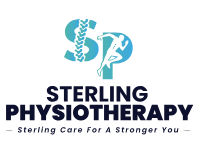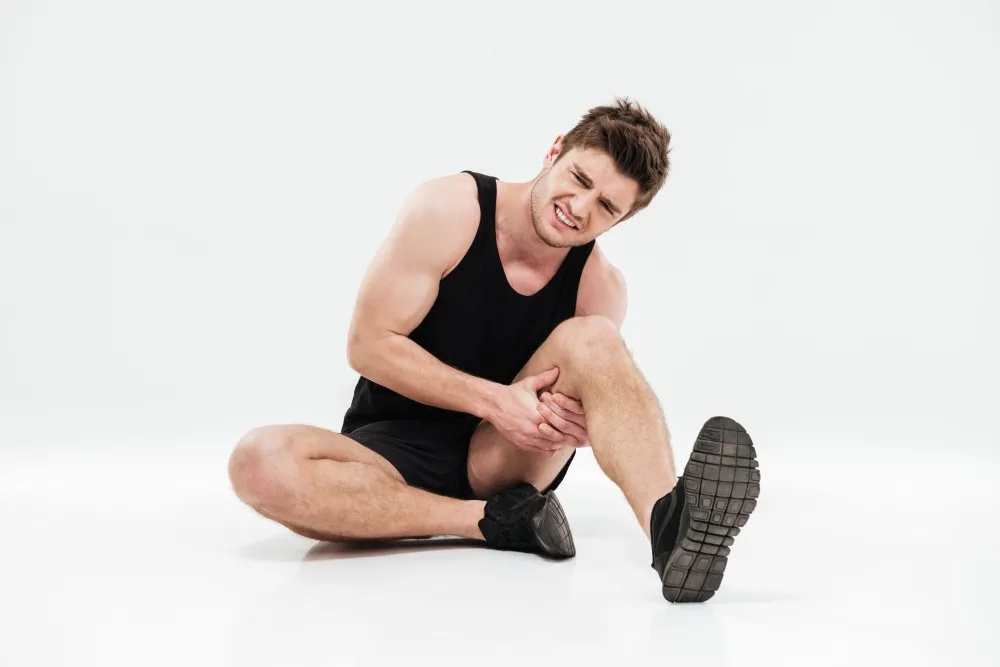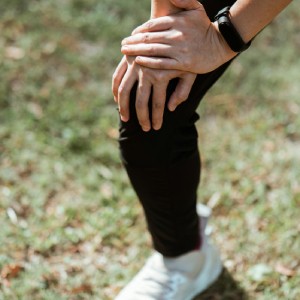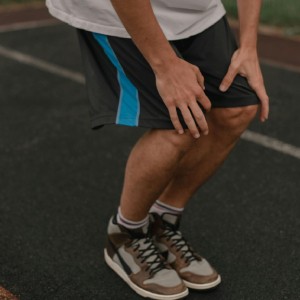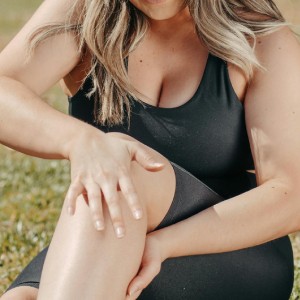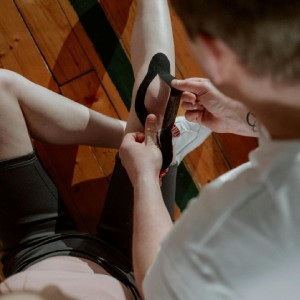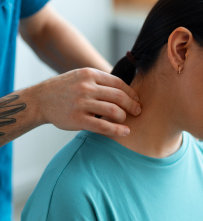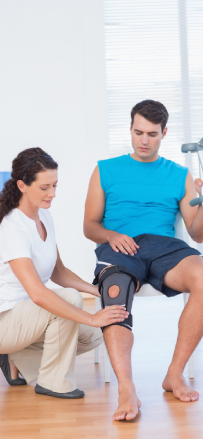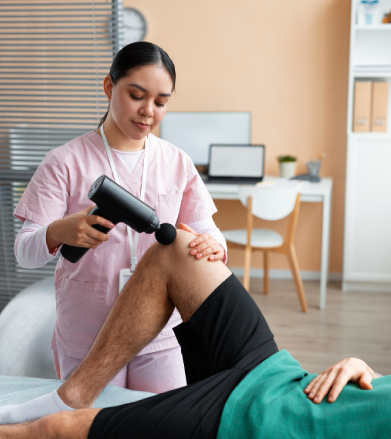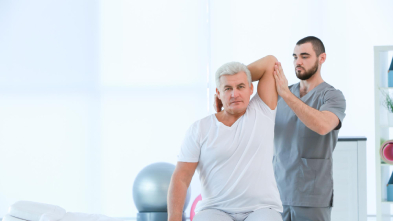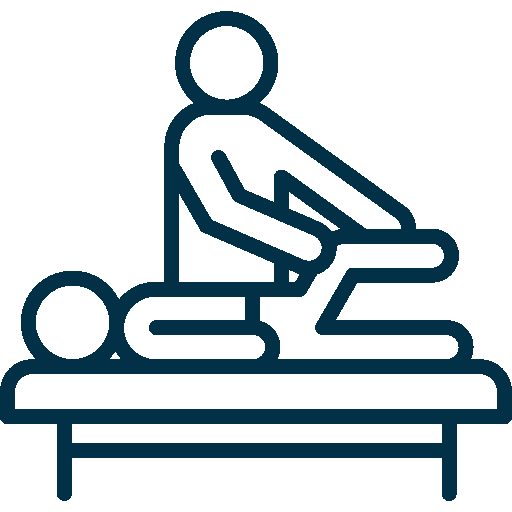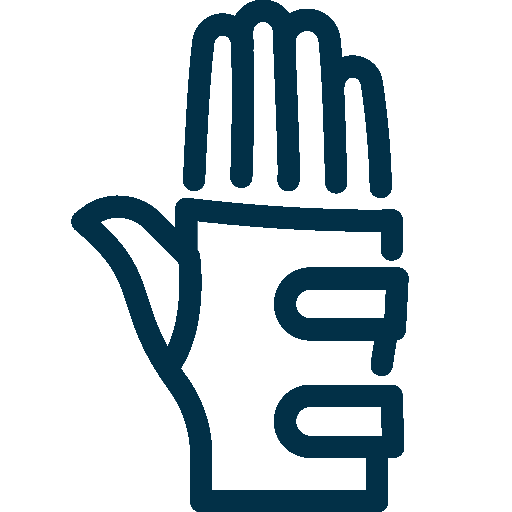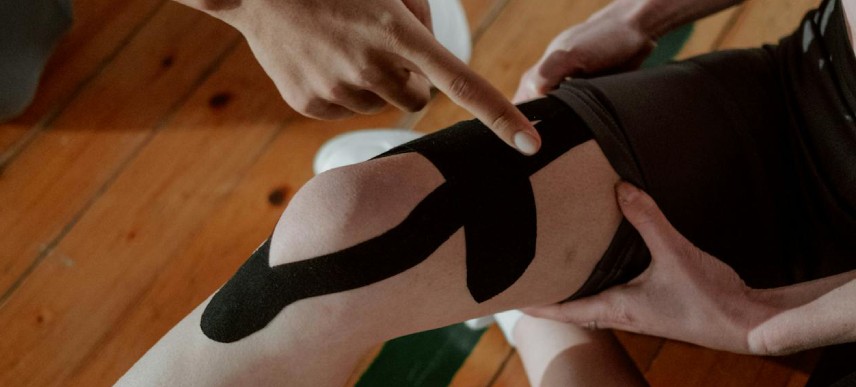Common Causes of Runner's Knee
- Overuse: Repeated stress from running, jumping, or cycling.
- Muscle Imbalances: Weak or tight quadriceps, hamstrings, or hip muscles.
- Poor Alignment: Misalignment of the kneecap, often due to flat feet or high arches.
- Improper Technique: Incorrect running or training form.
- Inadequate Footwear: Shoes that lack proper support or cushioning.
- Sudden Activity Increase: Rapidly increasing the intensity or duration of physical activities.
Symptoms of Runner’s Knee
Common signs and symptoms include:
- Pain Around the Kneecap: Particularly during activities like running, climbing stairs, or squatting.
- Grinding or Popping Sensation: Felt when bending the knee.
- Swelling: Mild to moderate inflammation around the knee.
- Stiffness: Difficulty straightening the knee after prolonged sitting.
- Tenderness: Sensitivity to touch around the kneecap.
If left untreated, runner’s knee can worsen and lead to chronic pain or reduced mobility.

